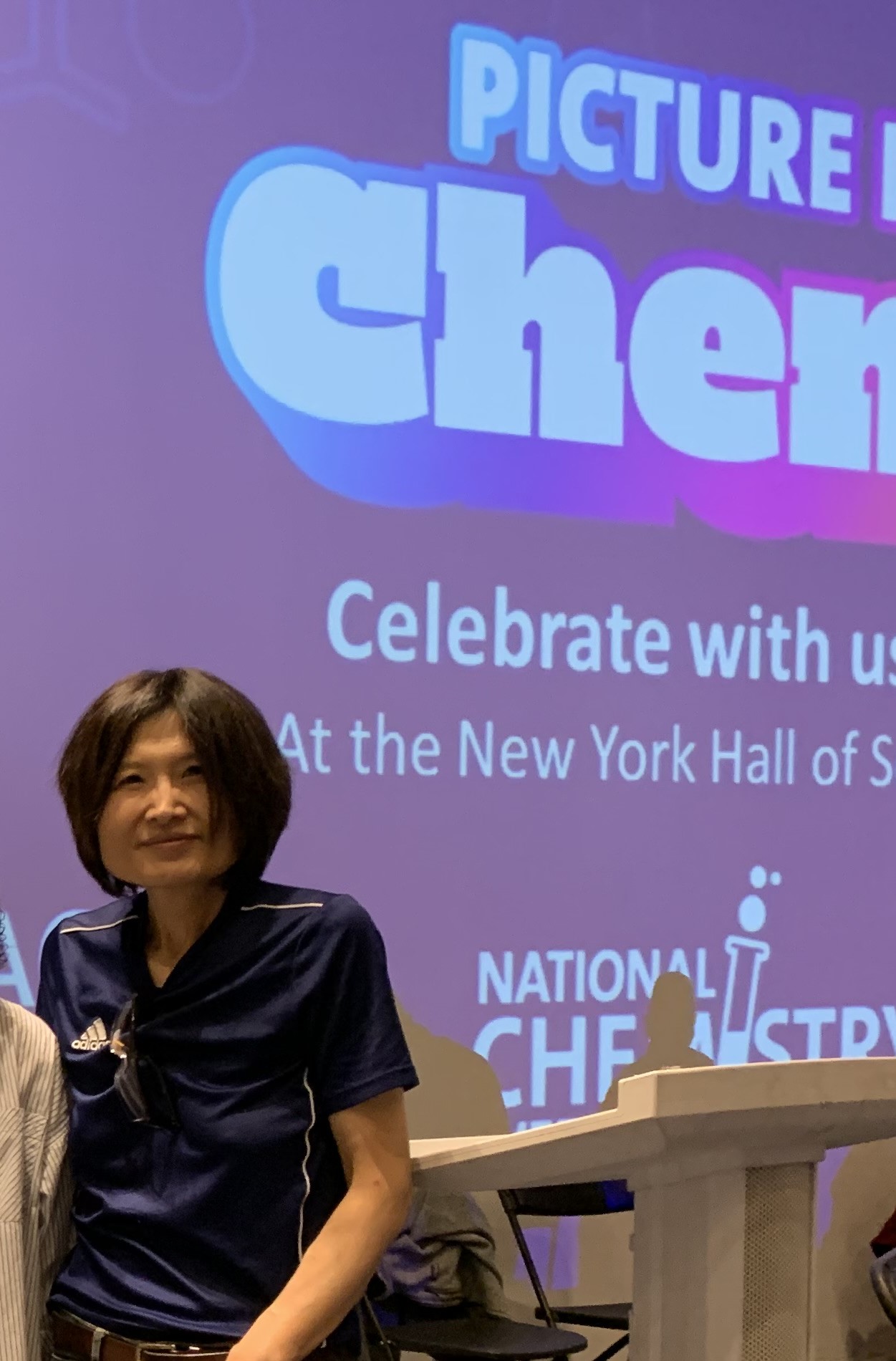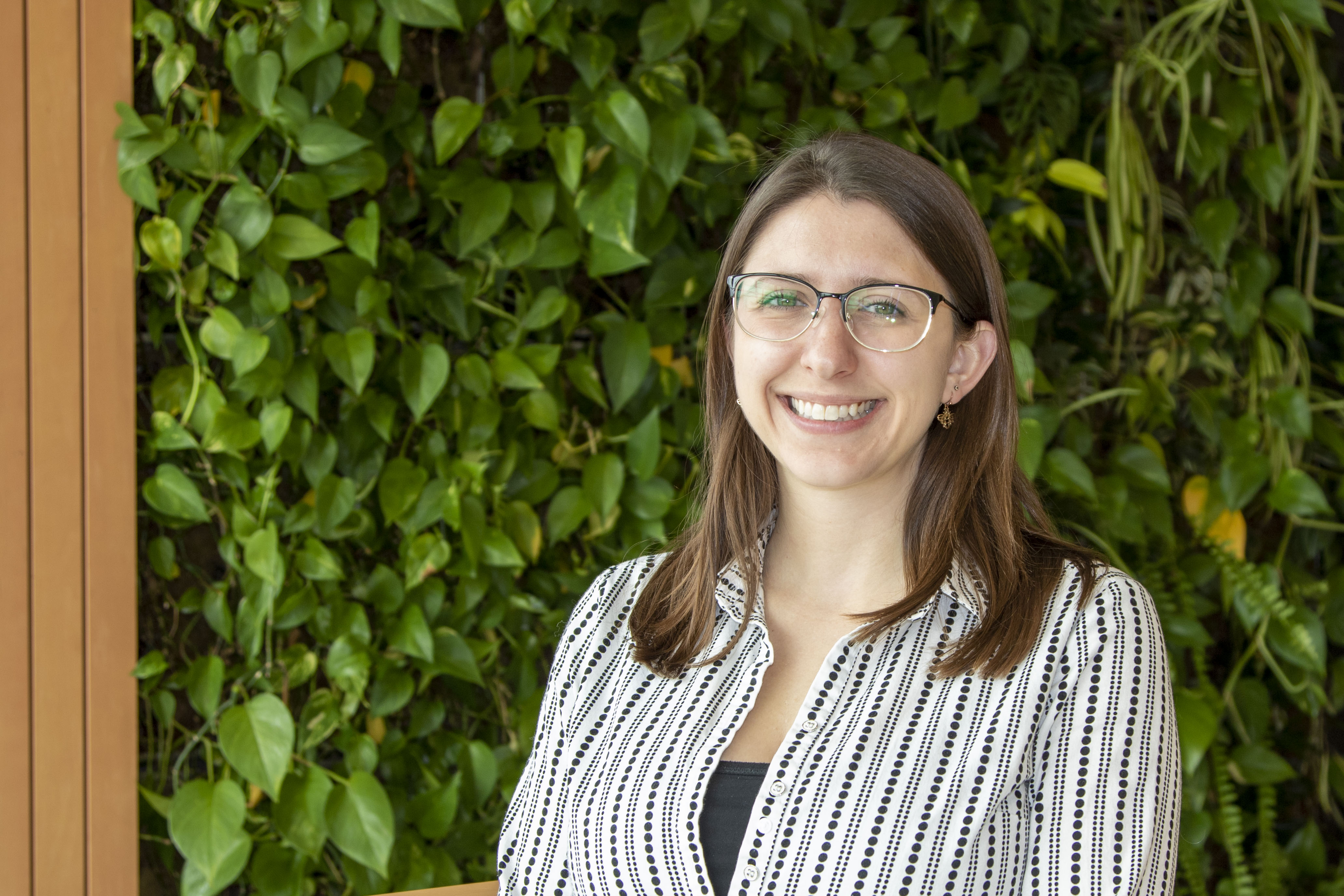Exploring Sustainable Practices in Metal Plating: The Drive for Greener Innovations - A case study

Summary
The Drive for Greener Innovations case study module, consisting of six lesson units, is designed to highlight for students the interplay of chemical, environmental health, regulatory, and business considerations that dictate chemical processes and product design. Using the metal plating industry as a case study, the module also explores the chemistry and toxicology of hazardous chemicals, specifically focusing on PFAS as a fume suppressant, while helping students examine green chemistry innovations aimed at eliminating the use of PFAS-based fume suppressant in the metal plating industry. The case study features the design of a greener alternative to the PFAS-based fume suppressant, Atotech Fumalock, and the real-life application of this greener alternative by a local New York plating company, with the assistance of the New York State Pollution Prevention Institute (NYSP2I).
This case study is ideal for introductory-level college chemistry courses.
The case study units include lecture slides, specific learning outcomes, course alignment and prerequisites, a detailed lesson plan, and a list of additional resources. Additionally, it provides assessment and review questions for in-class discussions, homework, and exams.
The module was authored by Prof. Hun Bok Jung, Prof. Ji Kim, Sarah Briggs (Scientist II), and Dr. Monica Nyansa, with peer review by Prof. Lucas Tucker.
This resource was made possible with support and funding provided by the NYS Pollution Prevention Institute through a grant from the Environmental Fund as administered by the NYS Department of Environmental Conservation to Beyond Benign. Any opinions, findings, and/or interpretations of data contained herein are the responsibility of the authors(s) and do not necessarily represent the opinions, interpretations, or policy of Beyond Benign, Rochester Institute of Technology and its NYS Pollution Prevention Institute or the State.
This case study is ideal for introductory-level college chemistry courses.
The case study units include lecture slides, specific learning outcomes, course alignment and prerequisites, a detailed lesson plan, and a list of additional resources. Additionally, it provides assessment and review questions for in-class discussions, homework, and exams.
The module was authored by Prof. Hun Bok Jung, Prof. Ji Kim, Sarah Briggs (Scientist II), and Dr. Monica Nyansa, with peer review by Prof. Lucas Tucker.
This resource was made possible with support and funding provided by the NYS Pollution Prevention Institute through a grant from the Environmental Fund as administered by the NYS Department of Environmental Conservation to Beyond Benign. Any opinions, findings, and/or interpretations of data contained herein are the responsibility of the authors(s) and do not necessarily represent the opinions, interpretations, or policy of Beyond Benign, Rochester Institute of Technology and its NYS Pollution Prevention Institute or the State.
Safety Precautions, Hazards, and Risk Assessment
Not applicable
Teacher Recommendations or Piloting Data (if available)
Pilot data to be reported in Spring 2025.
Digital Object Identifier (DOI)
https://doi.org/10.59877/IMHE4215
Other notes/information
This resource was made possible with support and funding provided by the NYS Pollution Prevention Institute through a grant from the Environmental Fund as administered by the NYS Department of Environmental Conservation to Beyond Benign. Any opinions, findings, and/or interpretations of data contained herein are the responsibility of the authors(s) and do not necessarily represent the opinions, interpretations, or policy of Beyond Benign, Rochester Institute of Technology and its NYS Pollution Prevention Institute or the State.
File (PDF, PPT, image, etc)
File (PDF, PPT, image, etc)
Creative Commons License

This work is licensed under a Creative Commons Attribution-NonCommercial-ShareAlike 4.0 International License.



